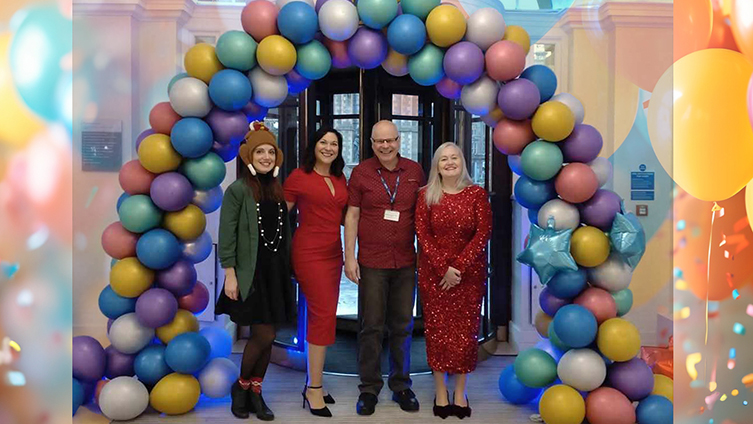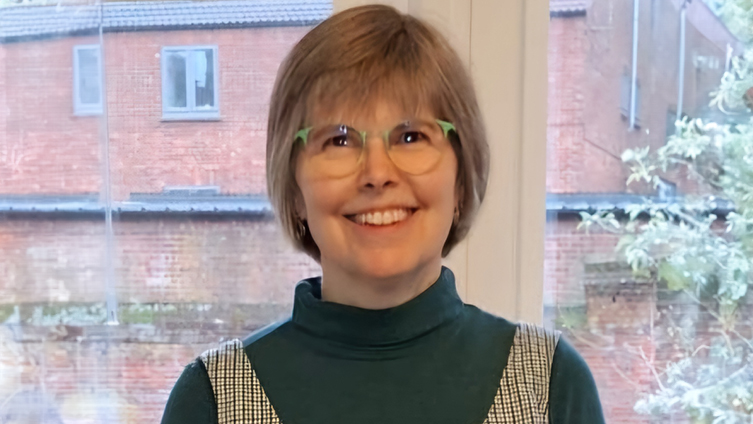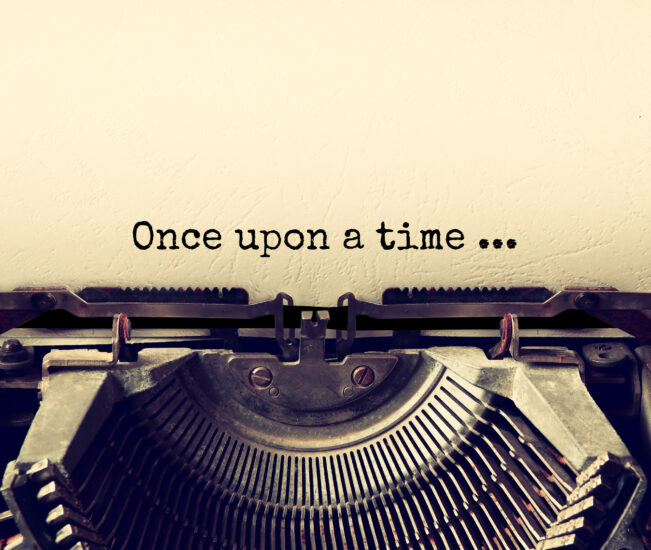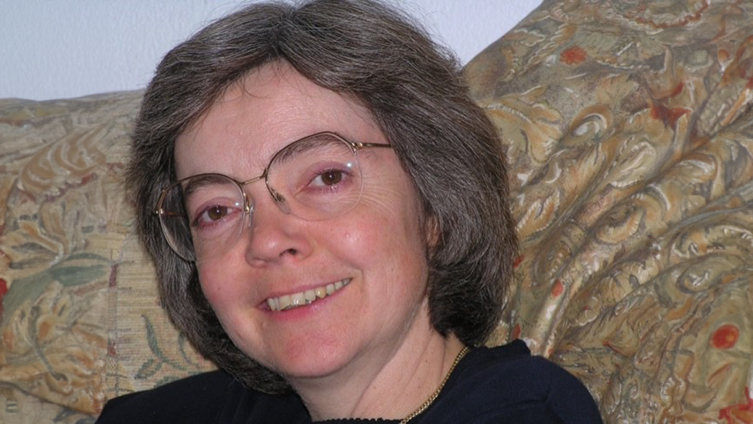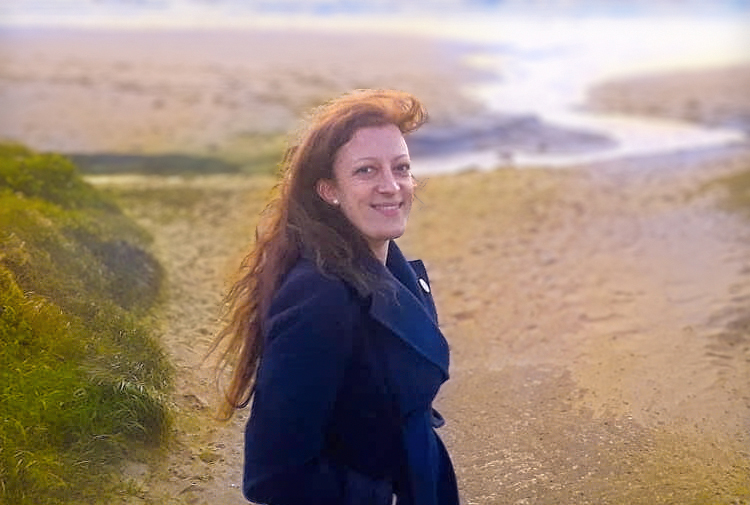
Our Writer of the Week is the wonderful Holly Crawford whose story ‘A Cracking Tale’ will be published in our upcoming weekly issue on Wednesday 16 February, 2022.
What inspired you to write ‘A Cracking Tale’?
I’ve always been fascinated by the women who took on jobs during World War II. From the ‘Land Girls’ and ‘Lumberjills’ to nurses, drivers, and, of course, the codebreakers of Bletchley Park.
Those employed at B.P., as it was colloquially known, signed The Official Secrets Act. Many never divulged what they did there, even when the information was declassified in the 1990s! Most relatives never knew that their own parents, spouses or children worked there.
Indeed, Churchill referred to B.P. staff as “the geese that laid the golden eggs and never cackled.”
‘A Cracking Tale’ is my way of recognising and thanking the women and men who diligently ‘did their bit’ without any expectation of thanks or reward. They kept a dignified silence and forwent any glory or praise for the sake of their country.
Of course, the codebreakers, linguists and cruciverbalists who worked around the clock at B.P. are much celebrated now, and rightly so! Bletchley Park is now a museum and a recent spate of Hollywood films about it hasn’t hurt either.
But this got me to thinking . . . what about those who kept the nuts and bolts of the operation going?
Had I lived during that time, I would’ve wanted to ‘do my bit,’ but I certainly wouldn’t have been troubling the hallowed halls of the codebreaking huts!
Essentially, I wanted to tell the story of the ‘average’ people who played a seemingly small but vital part in a huge operation.
Have you always loved to write? When did you decide to go pro as a writer?
My main motivation was to be published in The People’s Friend!
My Nanny Flo always had a copy of the “Friend” on the living room table and I’d read it cover to cover while drinking tea and chatting – happy days!
I remember thinking, ‘I’d love to be a storyteller when I grow up’ – and now I am! I just wish my nan was here to see it – I hope she’s proud.
After I obtained my journalism degree, I worked as a newspaper and magazines reporter before being appointed editor of a journal for veterinary nurses. So, I’ve been writing for years, but I never thought I’d realise my dream of being a fiction writer.
Then I married Paul, a sheep farmer and vet from Northern Ireland. I relocated to his homeland and got a job milking cows!
The early starts were a shock, but it means my ‘official’ working day is over by 10 a.m., giving me time to pursue my freelance writing.
The “Friend” purchased the first feature I wrote as a freelancer, which is beautifully serendipitous.
My confidence skyrocketed and I revisited my earlier aspiration to write fiction.
I had no formal training, and suffered from imposter syndrome, but I kept at it, and then one day, the “Friend” accepted one of my fiction stories!
This was an incredible boost and I went on to write fiction for a host of other titles.
Reading stories is a form of magic which can lift us out of bad moods or transport us to new worlds. I’m honoured to be able to write stories which I hope will make people smile.
Now I feel like a pro, which is very exciting and a dream come true!
How does your writing process differ for fiction versus features?
I’ll be listening to the radio or watching TV when I come across an interesting topic and think, ‘Oh, that might make an interesting feature!’
I then go about researching and pitching it to magazines.
For example, I was listening to a radio interview with Andria Zafirakou, who won The Global Teacher Prize in 2018 and had subsequently written a book. I thought, ‘she sounds amazing,’ so I looked up her charity, Artists In Residence, emailed her press officer and got an interview!
I was a little starstruck, but Andria was lovely!
When I pitched the story to the “Friend”, they loved it.
Once I have the interviews done and all of the information I need, I write the introduction (and get my family to vote for their favourite if I can’t decide).
Then I move the content around until it flows nicely. It’s like doing a jigsaw puzzle.
The same principles apply to fiction, in terms of researching a topic – especially if it’s historical.
Of course, I don’t have to interview anyone – the characters just pop into my head to tell me what’s going to happen next.
I try to imagine what it would be like to be them. That’s how most of my stories come about.
Story ideas often come to me when I’m milking cows (which I find quite therapeutic!) as well.
I envy those who have a calling in life, such as vicars, teachers or nurses. I never had that.
But being a writer lets me speak to all these amazing people and learn about their lives and jobs (for features) and to even ‘become’ all of these things in my fiction, which is amazing.
You can do it all! Are you hiding any secret talents?
Sadly not, although I could talk for England. Does that count!?
I can do shorthand and I’ve just qualified as a tour guide. I can deliver lambs, too . . . although perhaps not all at the same time!
What have you been reading lately and do you have any book recommendations?
My husband Paul bought me a beautiful book for Christmas called, “Once There Was a Bear . . .” by Jane Riordan. It is the official 95th anniversary prequel to the Winnie-the-Pooh stories.
Each story explores what Tigger, Eeyore, Piglet etc., were up to before they landed in The Hundred Acre Wood and how they ended up there.
The stories are charming and the illustrations by Mark Burgess are true to E.H. Shepard’s originals.
It’s guaranteed to make you smile!
My favourite book which I re-read regularly is “The Loving Spirit” by Daphne du Maurier.
It’s about four generations of a shipbuilding family who live and work in Cornwall.
Janet Coombe is the main character in the first section of the book. As a woman, she’s expected – and is happy to be – a wife and mother. But she also longs to go to sea and have a life of adventure.
The story tells of how her spirit lives on in her children, grandchildren and great-grandchildren and how it influences their lives.
I’m not usually one for family sagas, but this is a masterclass in condensed storytelling. It’s also funny, sad and touching in places and for all that, it is still a slim volume!
I’m fascinated by how earlier generations can influence the present, and how we are all composites of those who have gone before, so this book really speaks to me.
Notebook and pencil or laptop? Kitchen table or study? Blank wall or inspiring view?
When at home, kitchen table and blank wall (otherwise I get distracted!).
But I also keep a notebook and pencil in my bag or in the car so that when I am out in the field with the sheep (which is often) and am surrounded by stunning views, I can write down my thoughts!
P.S., What are your top tips for aspiring “Friend” writers?
Never give up! I pitched fourteen stories to The People’s Friend before I had one accepted!
Never throw away or delete any of your writing – you never know when it will come in handy.
Also, if a fiction story or feature is rejected by a magazine, don’t get disheartened – it might be the perfect fit for another title, so keep everything on file!
Enter lots of writing competitions (some are free to enter). This will get your creative juices flowing, as well as provide you with a topic, word count and deadline which are great motivators.
It is not about winning or even being placed; it is about getting ideas down on paper!
Write every day, even if it is just five minutes of freewriting (writing all your thoughts down without stopping). I find that once I start, I can’t stop and the ideas keep flowing!
Holly’s new book, “Stuck In The Middle With Ewe: Or how I lost my heart and found my flock in Northern Ireland”, will be published by The Conrad Press shortly.
Find our previous Writer of the Week interviews here.

